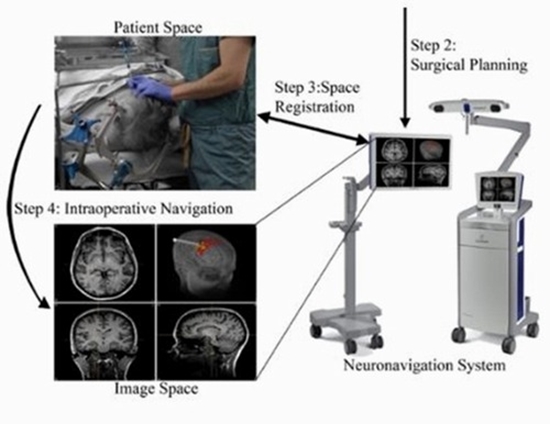Presenting a combined matching method of photoacoustic and MRI data in thin space to calculate brain tissue deformation during surgery using the IGS system
Brain tissue is one of the most vital tissues in the human body, and any damage to it has irreparable destructive effects. Modern neurosurgery has tended towards minimally invasive methods, and the use of IGS systems during surgery has received much attention.

Dr. Alireza Ahmadian
Brain tissue is one of the most vital tissues in the human body, and any damage to it has irreparable destructive effects. Modern neurosurgery has tended towards minimally invasive methods, and the use of IGS systems during surgery has received much attention. In brain surgery, when the skull is opened, the brain tissue is displaced and deformed. This displacement, which is the result of a combination of various factors, including cerebrospinal fluid leakage, is one of the important factors limiting the accuracy of IGS systems. One useful method for updating preoperative IGS images is to use intraoperative imaging. Preoperative images can be updated with intraoperative images. For this purpose, the use of intraoperative photoacoustic images is proposed for the first time. Photoacoustic images provide the surgeon with optimal features for accurate tumor area identification due to the visualization of tumor anatomy, vessels, and angiogenesis. By matching intraoperative photoacoustic images with preoperative MRI, the error caused by the change in brain tissue shape is calculated and compensated.



comment